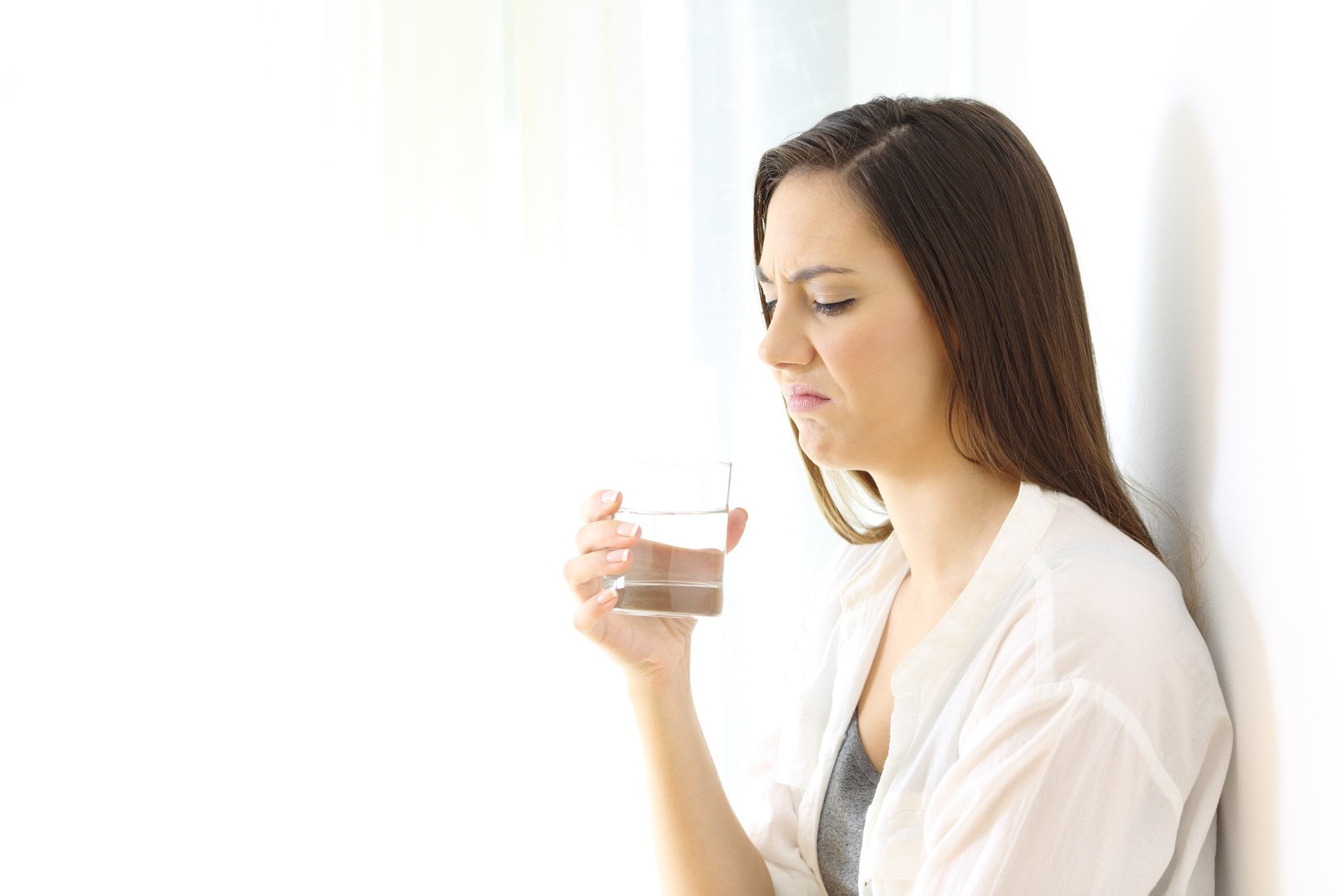
Much has been written about the concerns many consumers have over the dangers of chlorine in their tap water. This article takes a closer look at how and why chlorine in tap water can affect your health.
Trihalomethanes often referred to as THM's, consist of a group of four chemicals that are when chlorine reacts with organic and inorganic matter in water. THM's are formed with other by-products as they do the business of disinfecting water.
The four trihalomethanes are chloroform, bromodichloromethane, dibromochloromethane, and bromoform. EPA standards allow for a maximum annual average level of 80 parts per billion.
The concern over THM's is that these by-products belong to the Cancer Group B carcinogens. This means that these contaminants have already been shown to cause cancer in laboratory animals. Another concern is that these by-products are not entirely stable. By that, we mean that the levels of these by-products can increase according to pH, temperature, time, and the level of organic material they have to react within the water.
It is important to remember that water treatment plants are required by regulation to maintain a certain level of residual chlorine in the water as it moves through the distribution system (water pipes). This residual chlorine is used to disinfect flowing water as it makes its way from the plant or water tank to your home. It is also important to remember that the minimum residual chlorine level must be maintained to the very last point of discharge. What this means to you is that the closer you live to a treatment plant or water storage tank the higher the level of chlorine will be in your tap water.
Understanding the pro's and con's of chlorine can help consumers make better decisions on whether or not they want to remove chlorine and trihalomethanes from their tap water. In almost all cases, it is better to remove these contaminants than to leave them in the water. This is especially true for the THM's that are found in tap water.
It should also be noted that chlorine and THM's can be introduced into the body through showering. For this reason, most experts recommend homeowners install shower water filters which are rated to remove both chlorine and THM's.
For point of use systems at homes, activated carbon filters are the most effective means of removing THM's from tap water. These POU filters are very affordable and easy to install. In addition, reverse osmosis units will also eliminate chlorine and trihalomethanes.


Share:
Point of Use Water Filters
Emerging Contaminants: What You Can Do